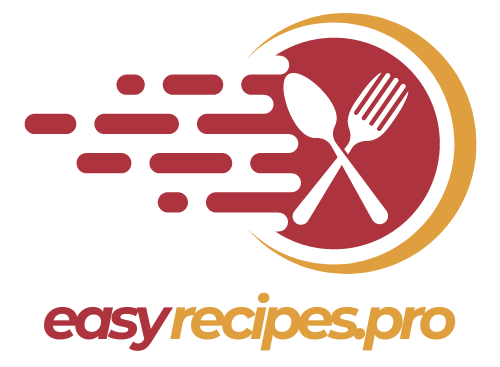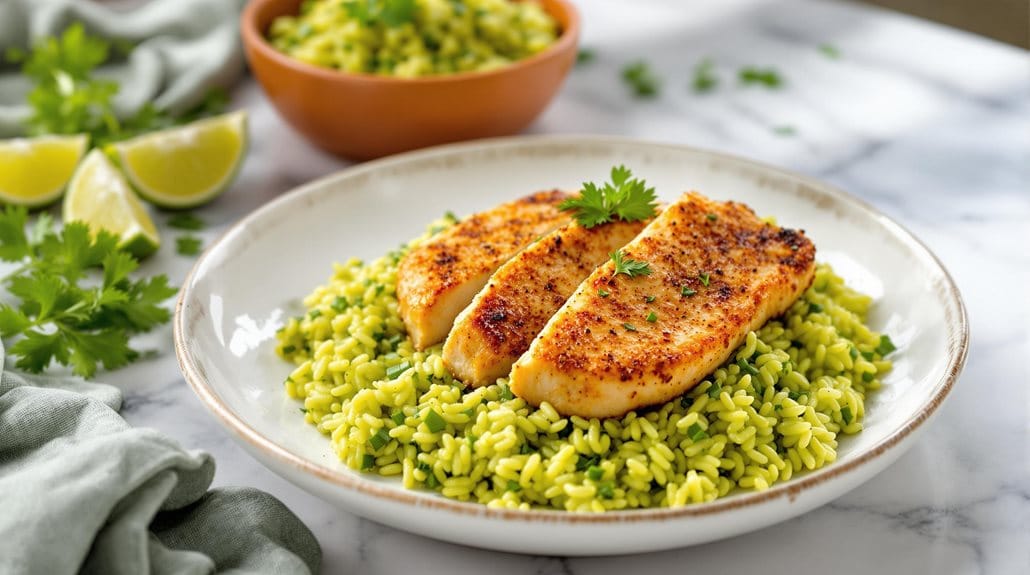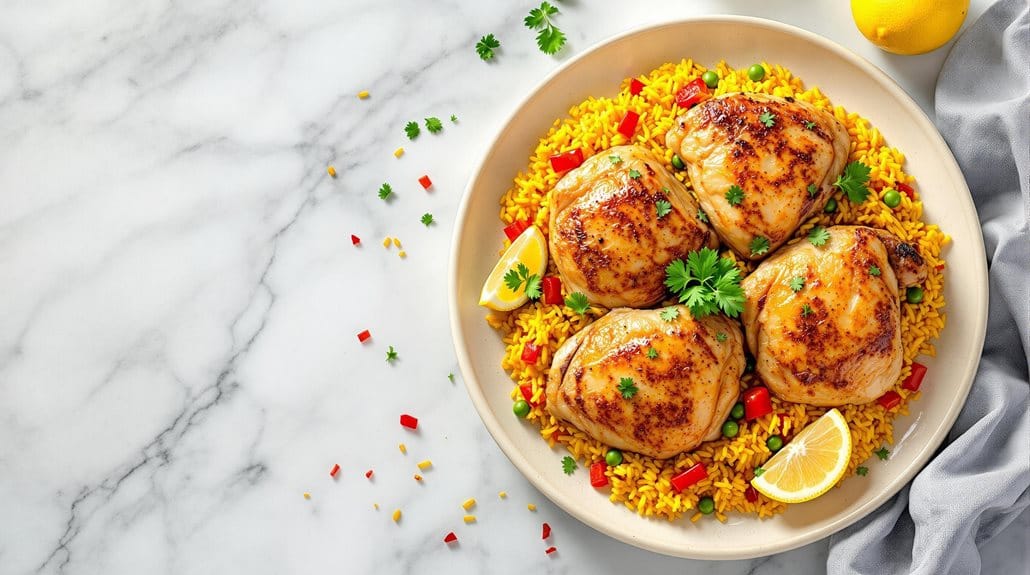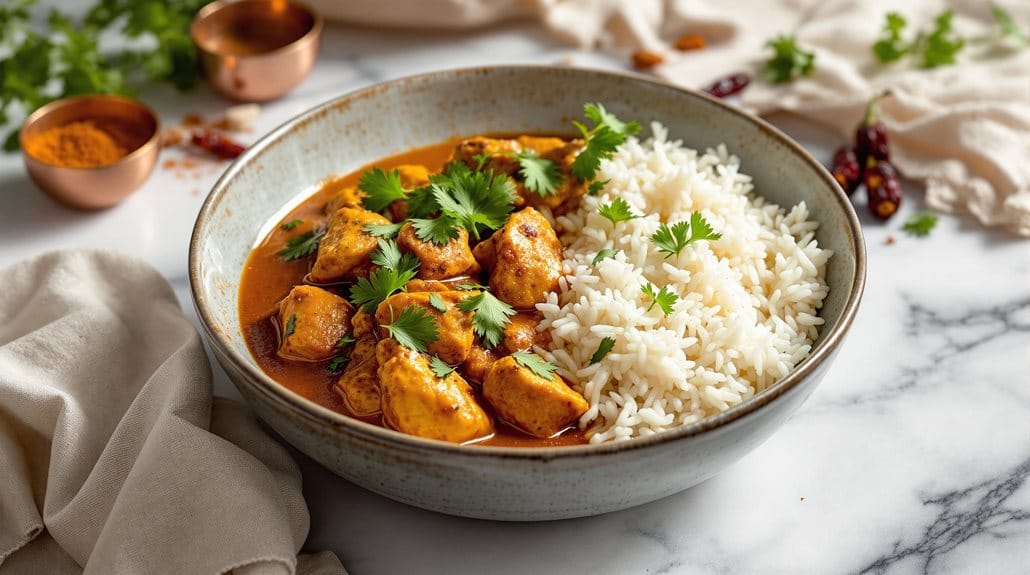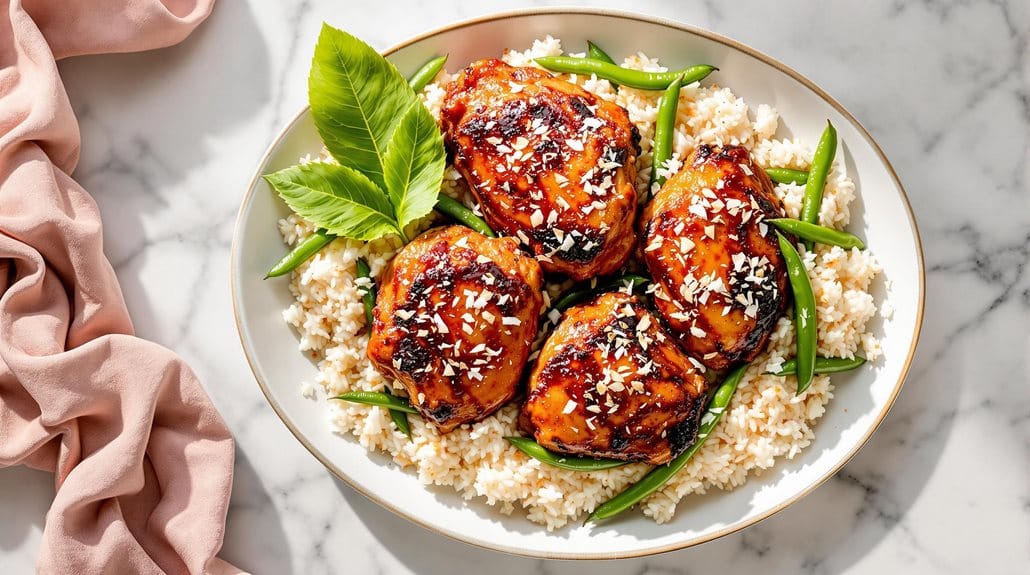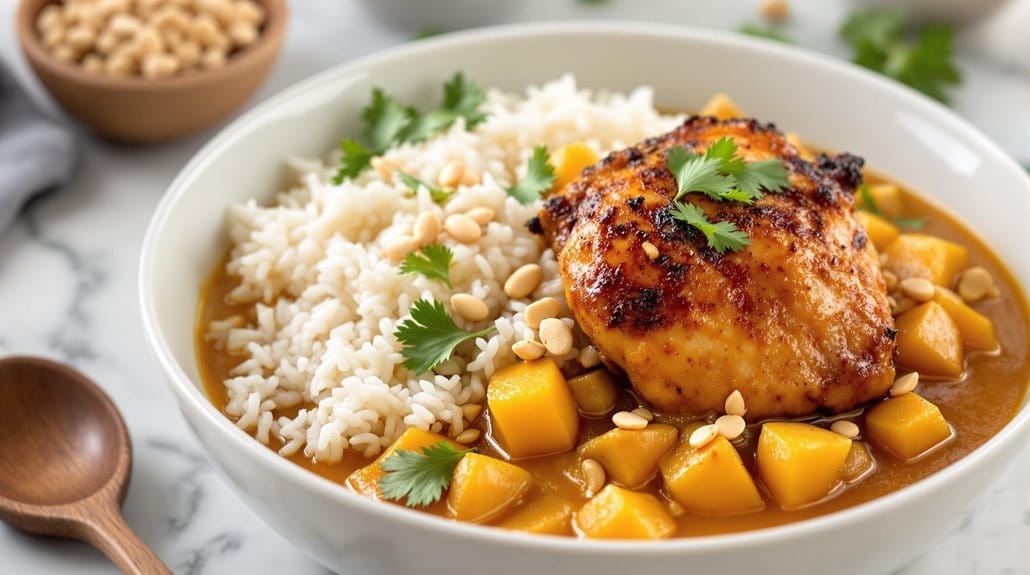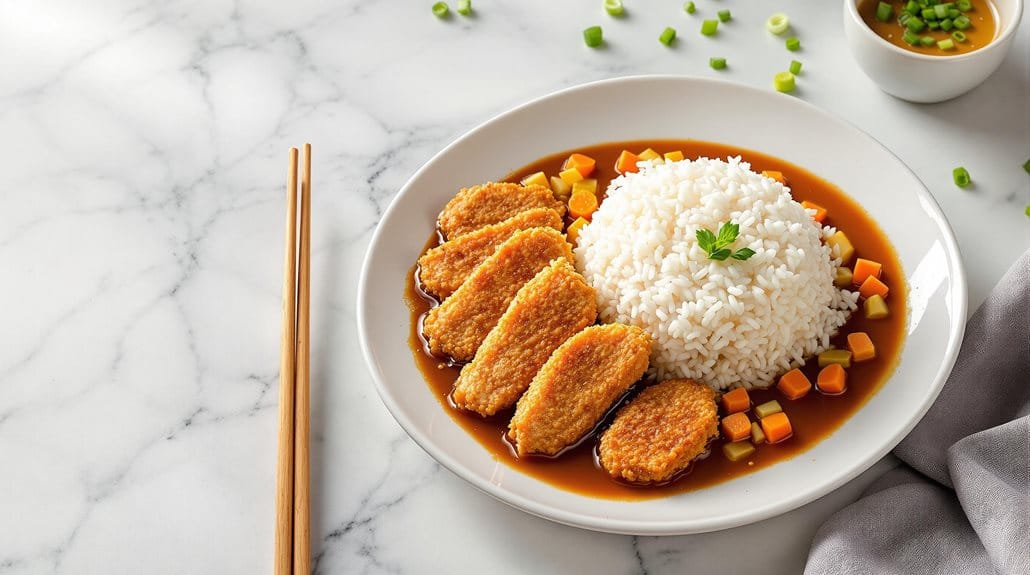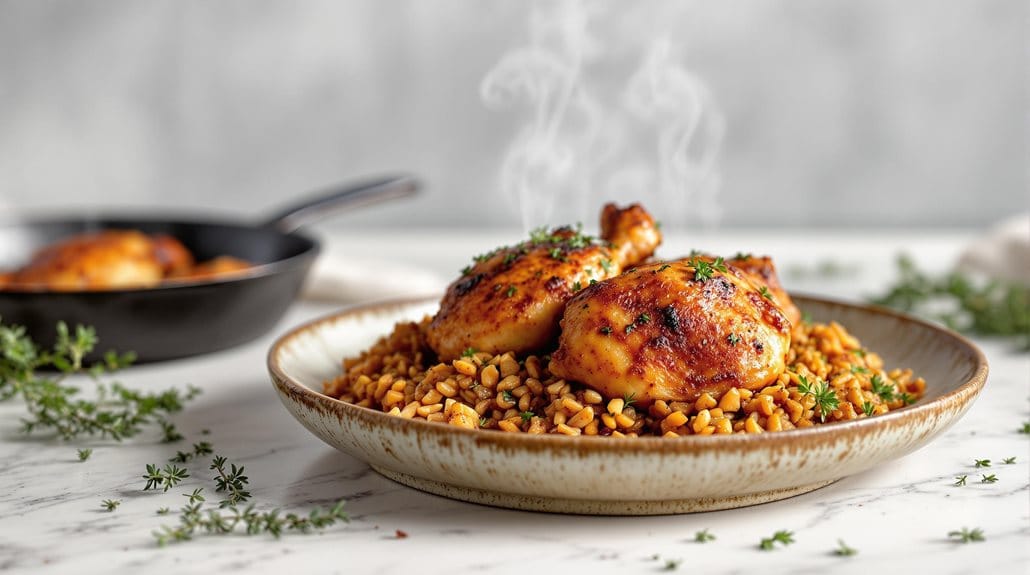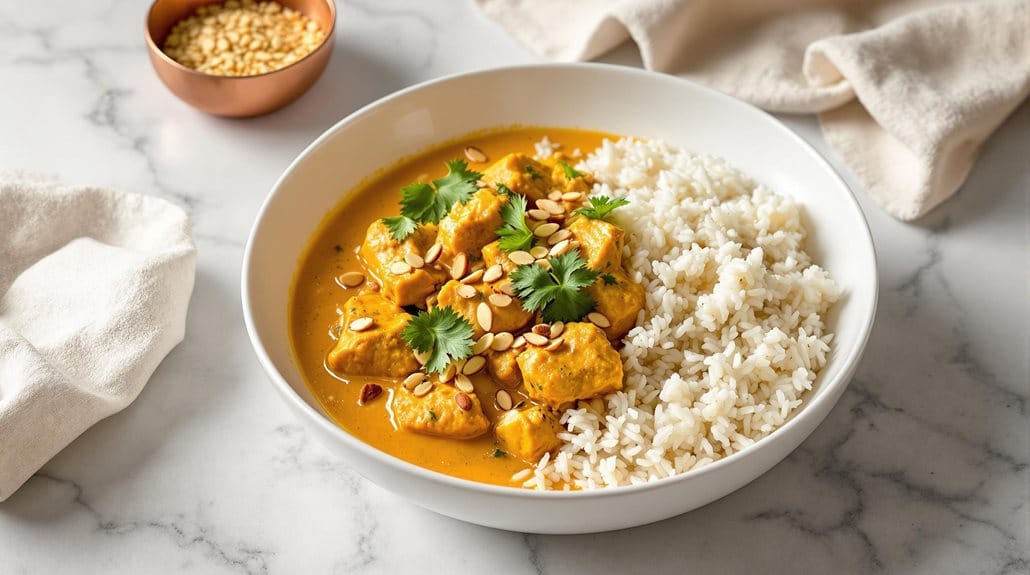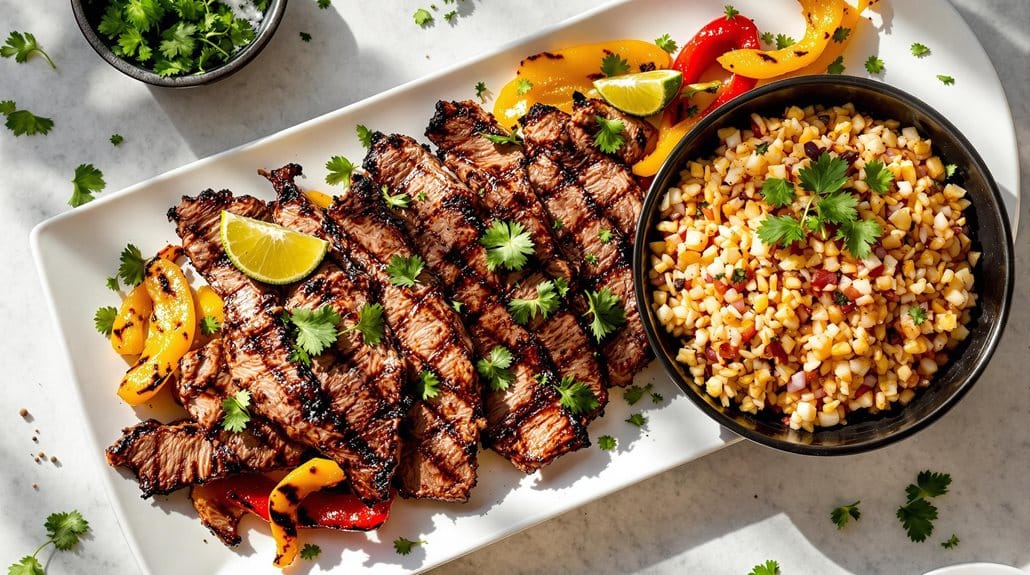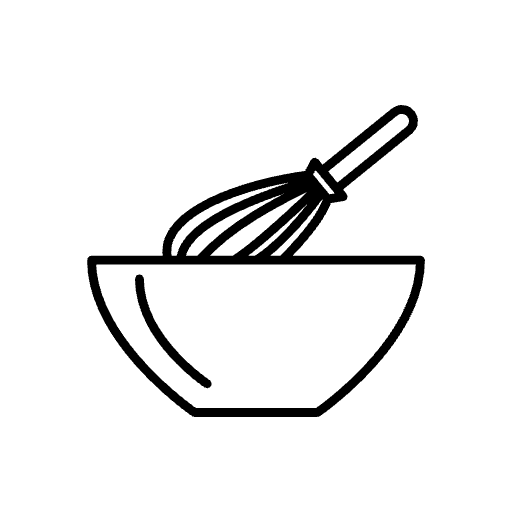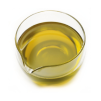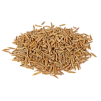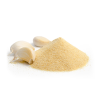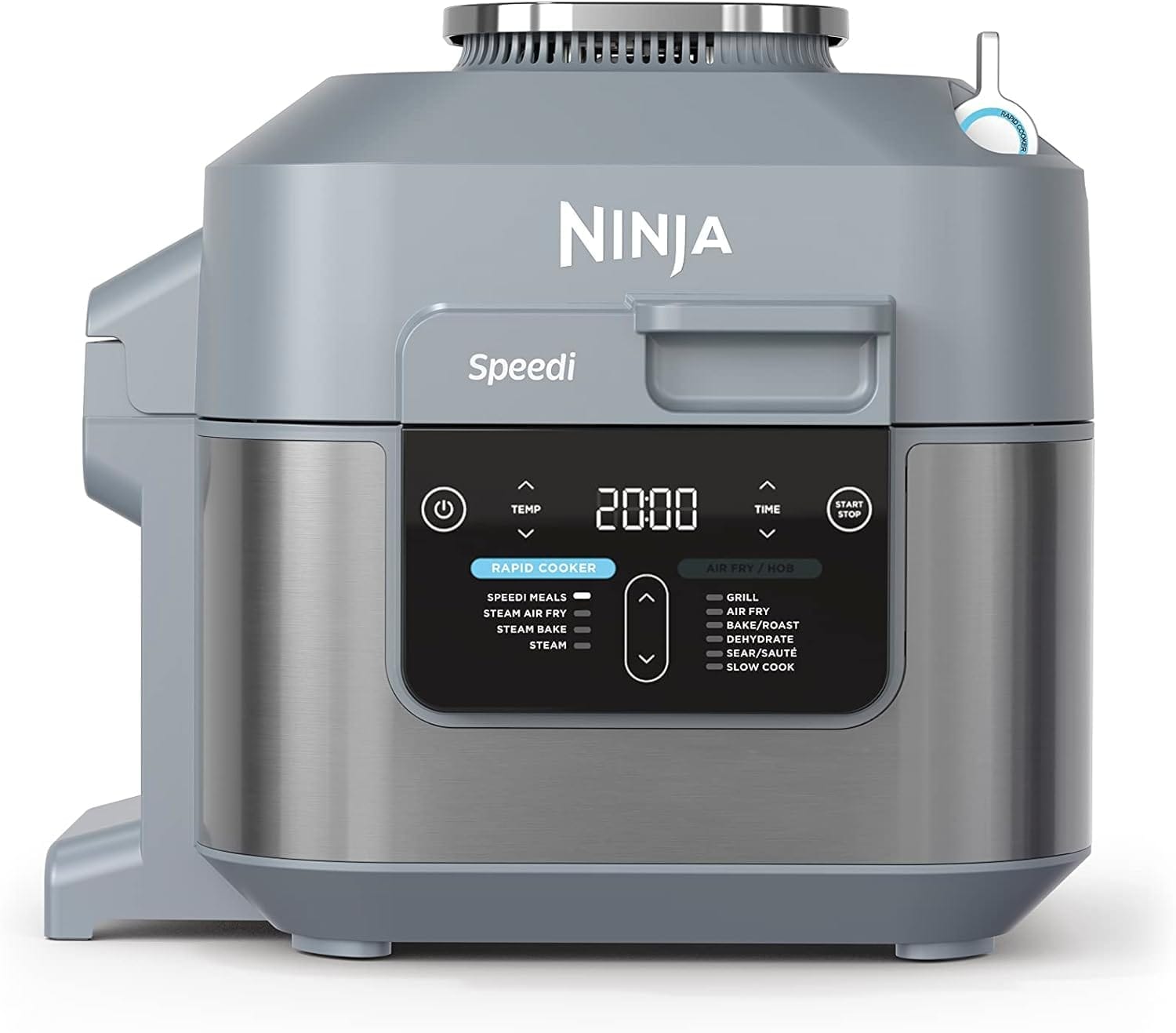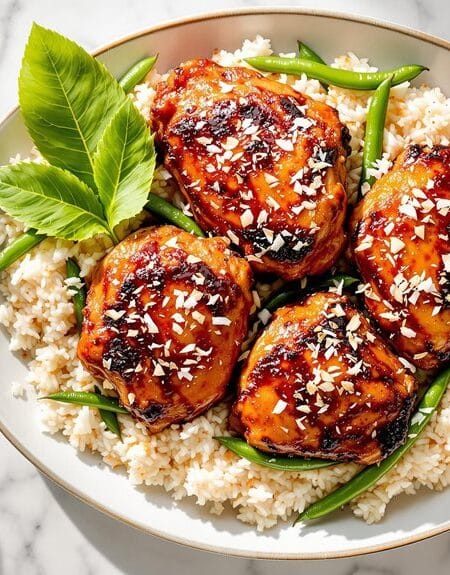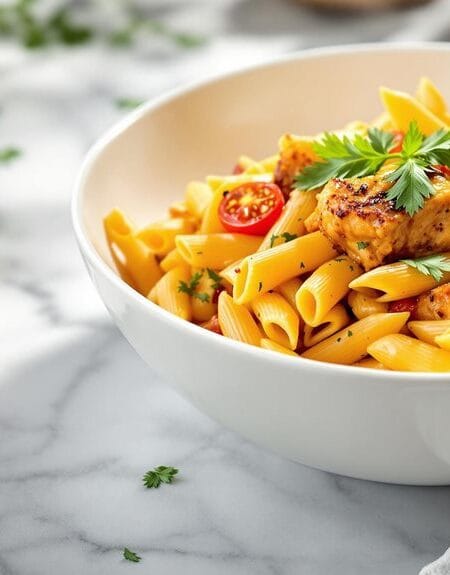| This vibrant Southwestern breakfast stack combines crispy hash browns, melty cheese, and zesty seasoned eggs in one impressive layered dish. Perfect for weekend brunches or meal prep, it delivers restaurant-quality results in just minutes using the Ninja Speedi’s dual cooking zones. For the crispiest hash brown base, pat the potatoes completely dry before cooking and avoid moving them until golden brown on the bottom. |
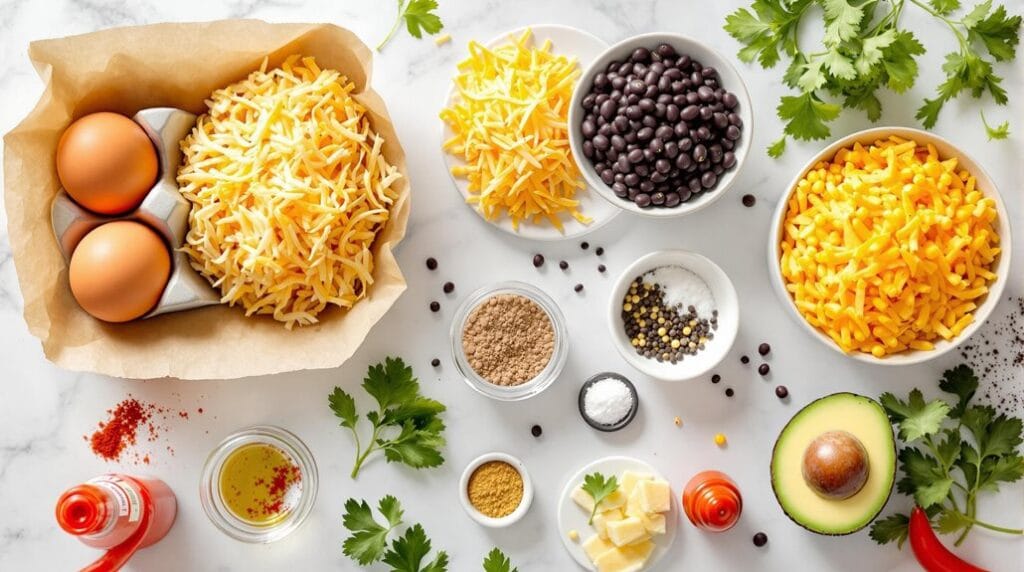
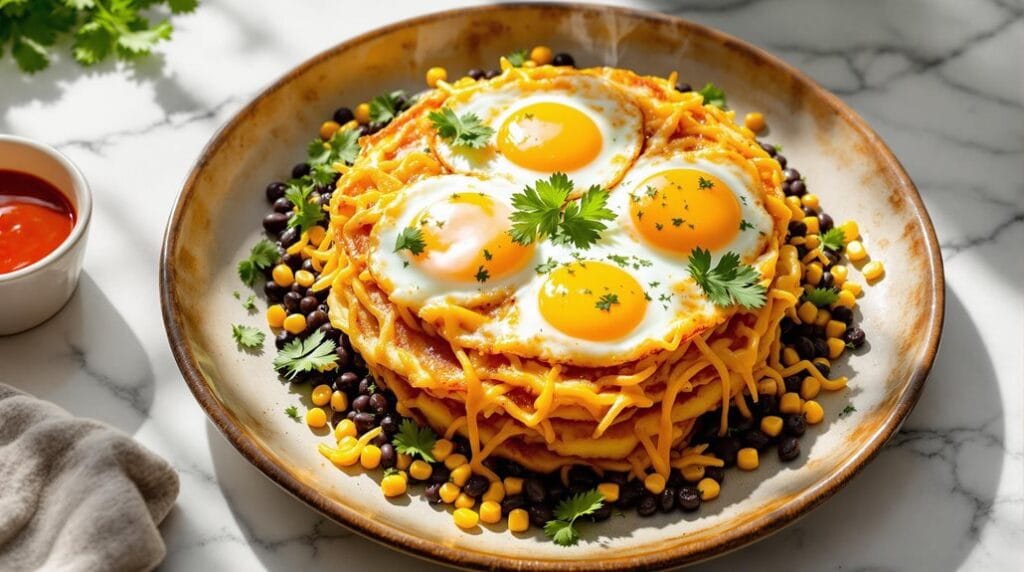
Ninja Speedi Southwestern Breakfast Stack
Description
A hearty breakfast combining crispy hash browns, spicy beans, and classic morning favourites all cooked simultaneously in the Ninja Speedi. The dual-cooking zones allow for perfectly cooked ingredients that stack beautifully on the plate.
This protein-rich breakfast brings together Mexican-inspired flavours with traditional breakfast elements, creating a satisfying start to your day that's both efficient to prepare and impressive to serve.
Ingredients
Instructions
Bottom Pot:
- Combine black beans, sweetcorn, cumin, and half the chilli powder in the bottom pot.
- Add 60ml water and stir to combine.
Crisping Tray:
- Arrange frozen hash browns in a single layer.
- Drizzle with olive oil and season with remaining chilli powder and garlic powder.
Heat butter or oil in a nonstick frying pan over medium heat until shimmering. Crack the egg into the pan and season with salt and pepper. Cook until the whites are set but the yolk is still runny, about 2-3 minutes.
Set aside.
- Season eggs with salt and pepper.
Cooking:
- Select Speedi Meals function.
Set temperature to 180°C.
- Cook for 15 minutes.
Divide the ingredients from the Speedi between you plates and top with a Fried Egg and Sprinkle the Cheese and Coriander on top.
Nutrition Facts
Servings 4
- Amount Per Serving
- Calories 642.31kcal
- % Daily Value *
- Total Fat 28.95g45%
- Saturated Fat 8.92g45%
- Cholesterol 109.68mg37%
- Sodium 617.69mg26%
- Potassium 1517.73mg44%
- Total Carbohydrate 72.96g25%
- Dietary Fiber 12.33g50%
- Sugars 4.84g
- Protein 24.32g49%
- Vitamin A 159.91 IU
- Vitamin C 19.52 mg
- Calcium 324.29 mg
- Iron 4.21 mg
- Vitamin D 0.61 IU
- Vitamin E 1.49 IU
- Vitamin K 16.58 mcg
- Thiamin 0.67 mg
- Riboflavin 0.38 mg
- Niacin 3.63 mg
- Vitamin B6 0.76 mg
- Folate 266.93 mcg
- Vitamin B12 0.52 mcg
- Phosphorus 448.8 mg
- Magnesium 141.97 mg
- Zinc 3.84 mg
* Percent Daily Values are based on a 2,000 calorie diet. Your daily value may be higher or lower depending on your calorie needs.
Note
Tips: For crispier hash browns, reduce moisture by patting them dry before cooking. Adjust cooking time based on preferred egg doneness - reduce by 2-3 minutes for runny yolks. The steam from the bottom pot will help keep the eggs from drying out while the top browns.
For extra flavour, add diced bell peppers to the bean mixture or incorporate Mexican-style chorizo.
